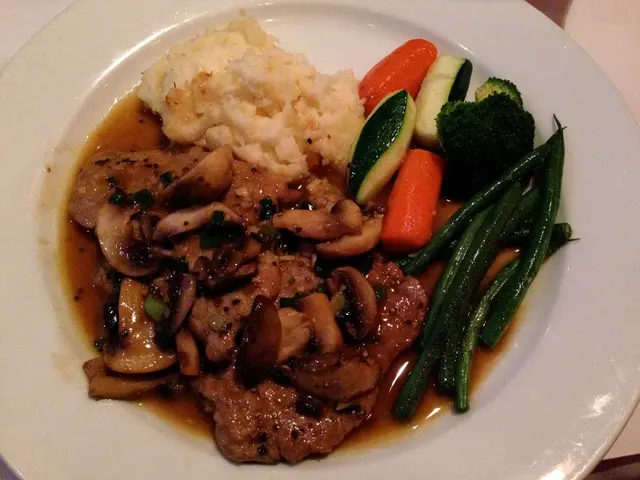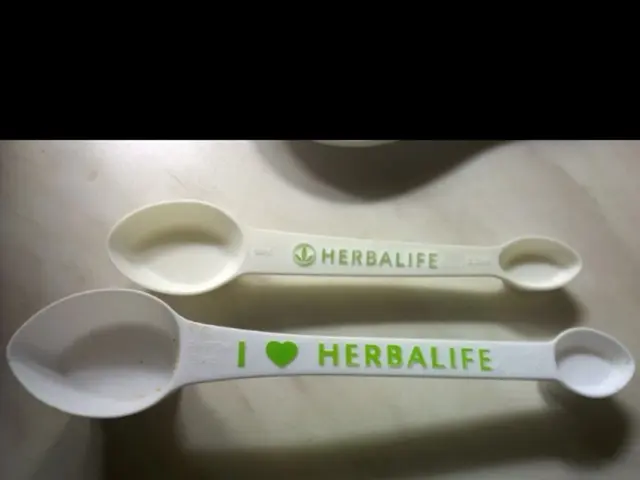Hydrolyzed Whey Protein Market Set to Exceed USD 4.8 Billion by 2034
The hydrolyzed whey protein market is experiencing a robust growth, projected to reach approximately USD 196.85 million by 2030, according to recent reports. This expansion is driven by a surge in demand for sports nutrition, hypo-allergenic infant formulas, clinical nutrition, and clean-label products.
Sources and Degree of Hydrolysis
Though specific source details are less highlighted, whey protein typically derives from dairy milk. The organic whey protein segment is growing strongly, reflecting consumer preference for natural products. High-degree hydrolysates are expanding faster, particularly for clinical and medical nutrition applications, due to rapid amino acid absorption despite bitterness challenges.
Form and Application
The powder form dominates the market, offering stability, longer shelf life, transport ease, and versatility in applications. Sports/Performance Nutrition leads with the largest revenue share, followed by infant formula, clinical nutrition, functional food and beverage, and clean-label product demand.
Regional Demand
North America and Europe lead early growth in sports nutrition and clean-label trends. Asia-Pacific is a key growth region, particularly for functional food and beverage applications and expanding infant formula demand. The aging population globally supports clinical nutrition demand, while India shows notably high CAGR growth for milk protein markets.
Market Leaders and Trends
Key players in the market include FrieslandCampina Ingredients, Carbery Group, Fonterra Co-operative Group, and Arla Foods. These companies are targeting infant nutrition, clinical diets, active aging, and clean-label trends. Innovations such as Synergo, Whey Ahead, Lacprodan HYDRO.365, Nutri Whey Native, and UltraWhey are shaping the market.
Analysts foresee sustained growth in the hydrolyzed whey protein market, fueled by health trends and technological advancements. Businesses in the market can capitalize on clean-label trends and e-commerce to stay competitive. The market's growth significantly influences the global economy.
- The increasing demand for clean-label products and sports nutrition is driving the growth in the hydrolyzed whey protein market, particularly in North America and Europe, with business analysts anticipating sustained growth fueled by health trends and technological advancements.
- The expanding interest in health-and-wellness, fitness-and-exercise, and nutrition is prompting an increased consumption of hydrolyzed whey protein supplements, with the market being dominated by the powder form that is versatile in applications, offering stability, longer shelf life, transport ease, and catering to demands in sports/Performance Nutrition, infant formula, clinical nutrition, functional food and beverage, and clean-label products.







